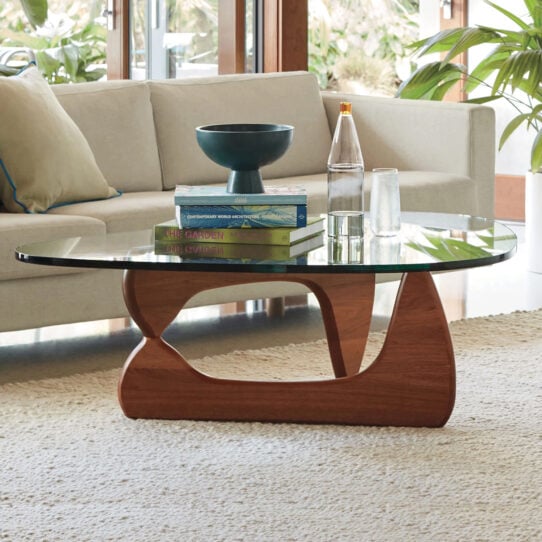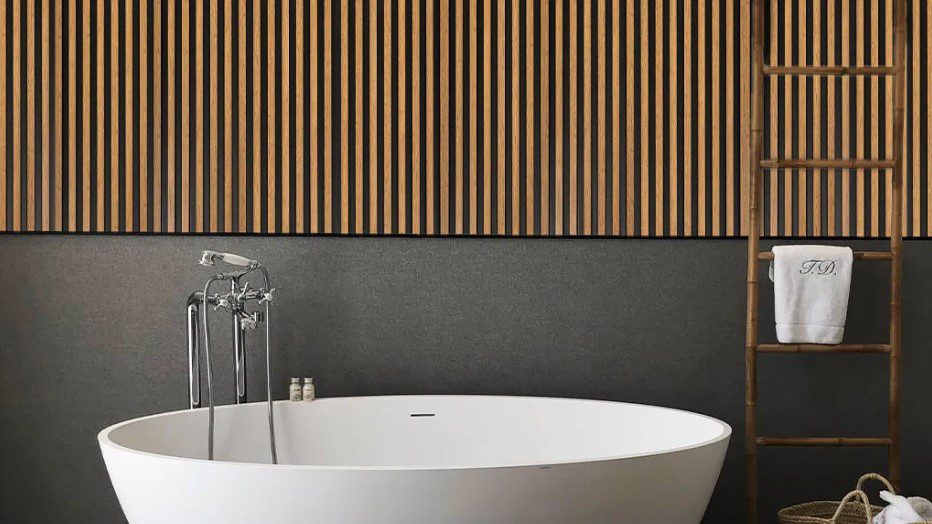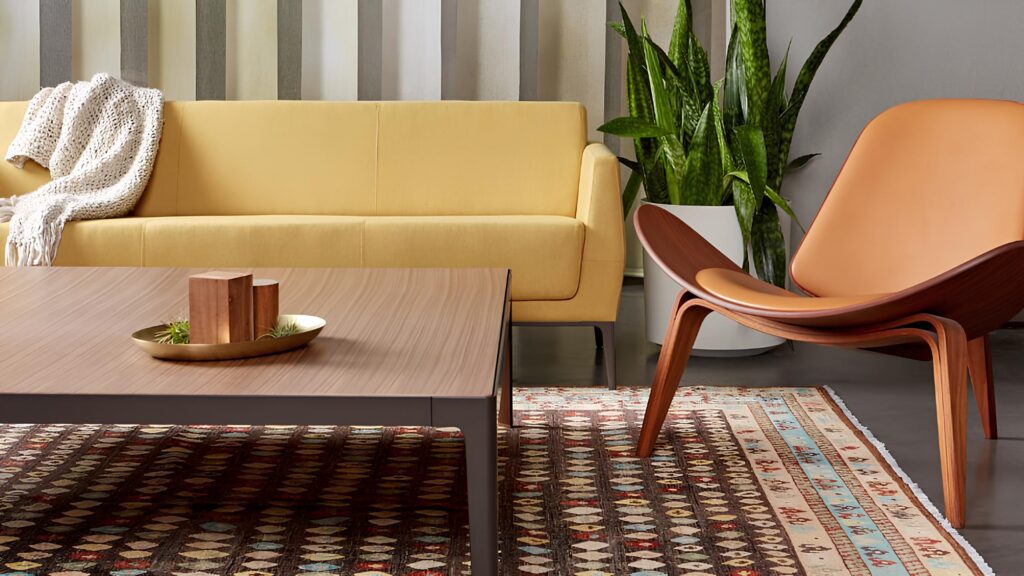Hey there, flooring enthusiasts! Are you ready to dive into the epic showdown between red oak and white oak flooring? If you’re on the hunt for the perfect hardwood floors, you’ve probably stumbled upon these two contenders. But fear not, my friend, because I’m here to guide you through this forest of choices with a sprinkle of fun and a dash of knowledge. So, grab your favorite snack, and let’s embark on this flooring adventure together!
Red Oak vs White Oak Flooring: A Brief Introduction
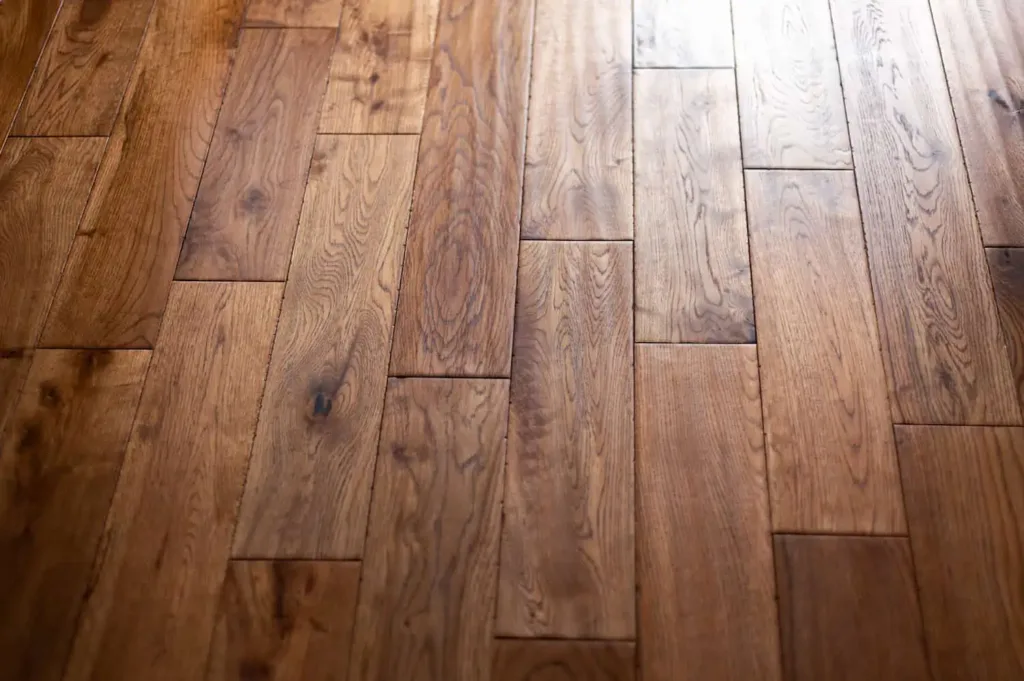
First things first, let’s get acquainted with our hardwood heroes. Red oak and white oak flooring are like the dynamic duo of the hardwood world. They’re both incredibly popular, stunningly beautiful, and durable enough to handle your dance moves or your pet’s indoor sprints. But, as with any epic tale, there’s more than meets the eye. So, what sets them apart? Let’s find out!
The Color Palette: Painting Your Floors with Nature’s Hues
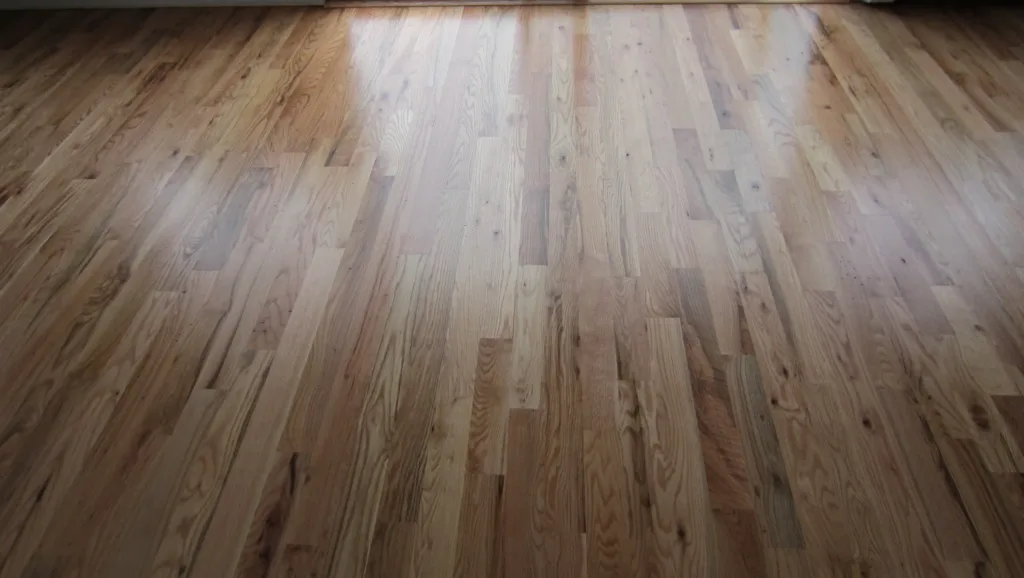
Absolutely, let’s dive deeper into the color palette and characteristics of red oak and white oak flooring to give you a richer comparison. Both types of wood bring their unique charm and personality to a space, so understanding their nuances can help you make the perfect choice for your home.
Red Oak
Red Oak is like the heartwarming melody of your favorite song. Its hues are not just limited to pinkish-red; they dance across a spectrum that includes soft amber, rich honey, and even subtle golden tones. This variety ensures that red oak flooring can complement a wide range of interior designs, from traditional to contemporary.
The grain patterns in red oak are not just pronounced; they’re like the brush strokes in a masterpiece painting. Each plank tells a story with its unique swirls, knots, and variations, making your floor truly one-of-a-kind. This pronounced grain not only adds depth and interest but also has the practical benefit of concealing minor dents and scratches, making it a forgiving choice for busy households.
White Oak
White Oak, on the other hand, is the epitome of understated elegance. Its color palette whispers tales of timeless sophistication with hues that stretch from the palest sands to deeper, earthy browns. This range allows white oak to effortlessly anchor both minimalist spaces and more elaborate decors without overwhelming the senses.
The grain of white oak is indeed finer and more uniform, but don’t mistake this for boring. Instead, it offers a serene backdrop that enhances the overall feel of a room without demanding the spotlight. This subtlety makes it an excellent choice for larger areas, where the floor needs to unify rather than dominate the space.
Read More: Barstool Vs Counter Stool Height: How To Choose Your Design?
The Durability

Diving deeper into the durability aspect of red oak vs white oak flooring offers a fascinating glimpse into what makes each type of wood unique and how they stand up to the rigors of daily life. Let’s explore further nuances that distinguish these two hardwood giants in the realm of resilience and longevity.
Janka Hardness Scale
The Janka hardness test measures the resistance of wood to denting and wear, providing a clear indicator of its durability. While both red oak and white oak score impressively on this scale, their slight difference in hardness points to distinct advantages depending on your lifestyle and home’s demands.
Red Oak
With a Janka hardness rating of about 1290, red oak is no slouch in the durability department. This level of hardness means it’s well-equipped to handle the everyday hustle and bustle of a busy household. Its resilience makes it a popular choice for areas with moderate foot traffic, like living rooms and dining areas. The open grain structure of red oak not only contributes to its aesthetic appeal but also plays a role in its ability to absorb impacts, offering a forgiving surface for dropped objects.
White Oak
On the other hand, white oak, with its Janka rating of around 1360, edges out red oak in terms of raw durability. This increased hardness makes white oak an excellent candidate for high-traffic areas and commercial spaces where the flooring is subjected to constant wear and tear. Furthermore, white oak’s tighter grain structure enhances its resistance to splitting and cracking, making it a formidable choice for families looking for longevity in their flooring investment.
Read More: Fall in Love Again: Best Furniture for Dark Wood Floors!
Moisture Resistance
Beyond the Janka rating, another critical factor in the durability of hardwood flooring is its resistance to moisture. Here, white oak takes a slight lead due to its unique cellular structure.
Red Oak
While red oak is durable, its open pores make it more susceptible to water infiltration compared to white oak. This doesn’t mean red oak can’t be used in areas prone to moisture; however, it does require more diligent sealing and maintenance to protect it from moisture-related damage.
White Oak
White oak’s tighter grain and denser cellular structure give it superior resistance to moisture and decay. This natural resilience makes white oak a preferred choice not only for interior flooring but also for outdoor applications and areas with higher moisture levels, such as kitchens and bathrooms. Its ability to better repel water contributes to its longevity and maintains its structural integrity over time.
The Moisture Showdown: Spills, Thrills, and Protection Skills

When it comes to choosing the right hardwood flooring, understanding how each type reacts to moisture is crucial, especially if you’re juggling the demands of a busy household or considering flooring for moisture-prone areas.
The Science of Wood and Water
Wood and water have a complex relationship. Wood absorbs moisture, which can lead to expansion, and releases moisture, leading to contraction. This natural process can affect the longevity and appearance of your floors. The key differences in how red oak and white oak interact with moisture can significantly impact your flooring choice.
Red Oak
Red Oak is known for its open grain structure, which, while beautiful and character-rich, also means it’s more susceptible to absorbing moisture. This characteristic makes red oak floors a bit more vulnerable to spills and humidity changes. If water is left to sit on red oak, it can seep into the wood more easily than it would into white oak, potentially causing swelling, warping, or staining.
However, this same open grain structure that makes red oak more welcoming to moisture also makes it more amenable to staining and finishing. This means you can achieve deeper, more vibrant stain colors with red oak, offering a wide range of aesthetic options to match any decor. But, with great beauty comes great responsibility. Owners of red oak flooring need to be proactive about wiping up spills quickly and maintaining a stable indoor humidity level to protect their investment.
White Oak
White Oak, with its tighter grain structure, naturally offers more resistance to moisture and water penetration. This makes white oak a formidable option for areas in the home that are prone to moisture, such as kitchens, bathrooms, and even basements, provided the proper moisture barriers and installation techniques are used.
White oak’s resistance to moisture also extends to its ability to ward off decay and rot, making it not only a great choice for interior flooring but also for outdoor use, like in decks and patio furniture. This durability and resistance make white oak a slightly more forgiving option for those who might not be as vigilant about cleaning up spills immediately or who live in more humid climates.
Read More: 3 Innovative Earth Tone Home Decor Ideas to Embrace Nature
Protection Skills: Enhancing Durability

Regardless of whether you choose red oak or white oak, there are several ways to enhance the moisture resistance of your floors:
- Sealing and Finishing: Both types of wood benefit greatly from high-quality sealants and finishes. These products create a protective barrier on the surface of the wood, repelling water and preventing moisture from penetrating the wood’s surface.
- Regular Maintenance: Keeping your floors clean and dry is essential. Wipe up spills as soon as they happen, and avoid using wet mops or steam cleaners, which can introduce excess moisture into the wood.
- Humidity Control: Maintaining a stable indoor humidity level (between 30% and 50%) can help minimize the natural expansion and contraction of wood due to moisture changes.
The Price Point: Budgeting for Your Flooring Fantasy
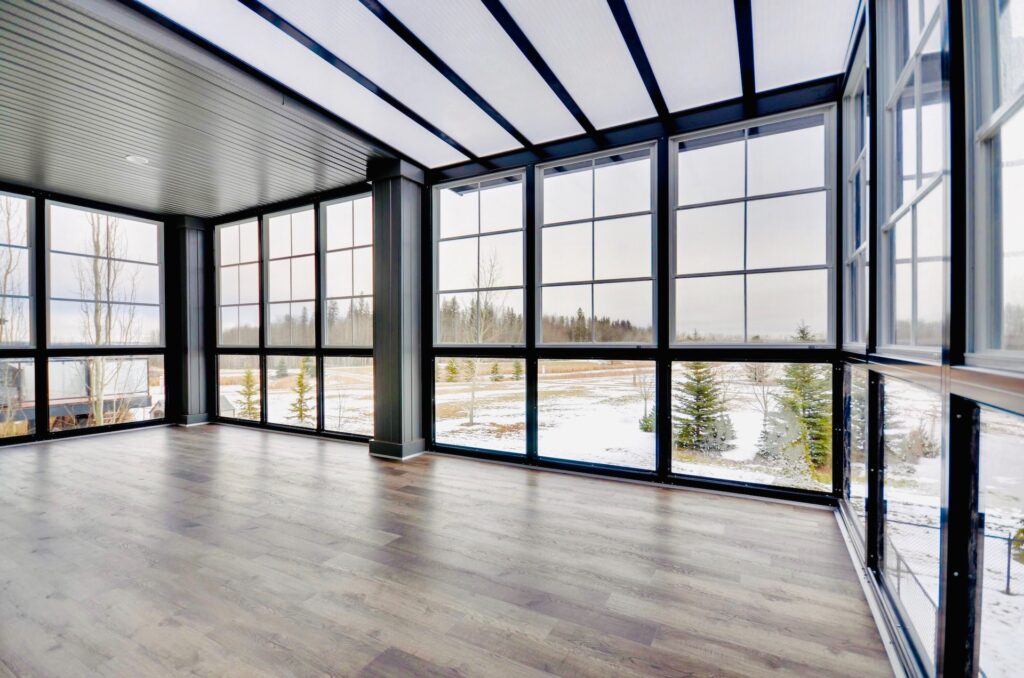
Let’s talk turkey—or, in this case, oak. Both red and white oak flooring options offer great value, but prices can vary based on factors like quality, finish, and where you shop. Generally speaking, red oak tends to be a tad more wallet-friendly, but the difference isn’t astronomical. Remember, investing in quality flooring is like investing in a good pair of shoes—it’s worth every penny for the comfort, durability, and style.
The Final Verdict: Which Oak Will Reign Supreme?

The truth is, there’s no clear winner in the battle of red oak vs white oak flooring. It all boils down to personal preference, your home’s style, and your lifestyle needs. Whether you lean towards the warm embrace of red oak or the cool sophistication of white oak, you’re making a fantastic choice that will bring beauty and value to your home.
Conclusion
Choosing between red oak vs white oak flooring is like choosing between chocolate and vanilla ice cream—they’re both amazing in their own right. The key is to consider what works best for you and your space. So, take a deep breath, envision your dream floors beneath your feet, and go forth with confidence!
FAQ
Is red or white oak better for flooring?
Choosing between red and white oak flooring depends on your specific needs and preferences. Red oak offers a warmer tone with a more pronounced grain, making it ideal for creating a cozy and inviting atmosphere. It’s also slightly softer, which means it’s a bit more prone to scratches and dents but offers a warmer underfoot feel. White oak, on the other hand, has a tighter grain and cooler color palette, making it suitable for more modern or minimalist aesthetics.
Which is more expensive, white oak or red oak?
Generally, white oak tends to be slightly more expensive than red oak. The price difference can be attributed to white oak’s higher hardness rating, which offers better durability and resistance to moisture. Additionally, white oak’s tighter grain and more neutral color palette make it highly sought after for both traditional and contemporary designs, potentially driving up its cost.
Which oak is best for flooring?
The “best” oak for flooring really comes down to your personal style, budget, and the functional needs of your space. If you prefer a warmer, more traditional look with a bit more character in the grain, red oak might be the best choice for you. It’s also a bit more cost-effective, which can be a significant factor in large projects. On the other hand, if you’re looking for flooring that offers superior durability, a more modern appeal, and better moisture resistance, white oak could be the ideal option.



